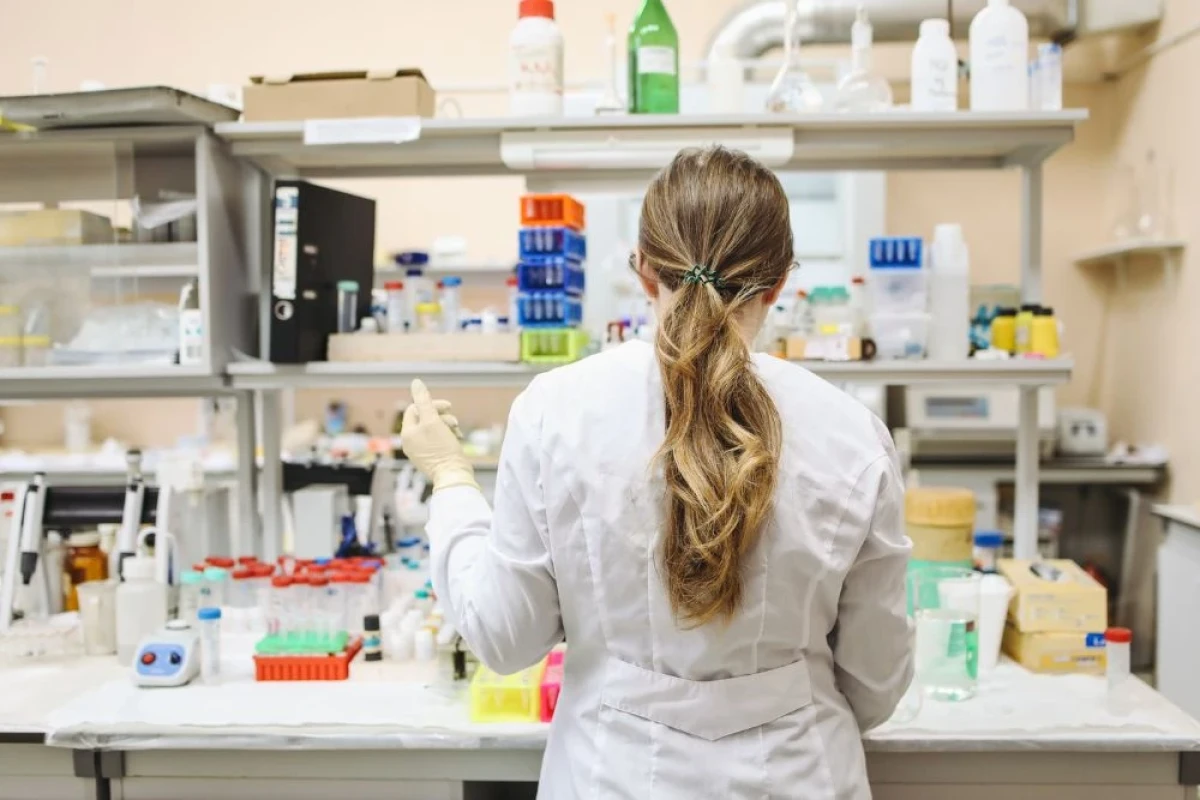Traditional Traceability vs. Scientific Traceability: What's the Difference?
By Dr. Kate Jones | 6 October 2023
minutes to read.

Traceability has long been a key concern for brands and retailers when sourcing products from the global supply chain. Knowing exactly where and how your products were grown or manufactured is essential in maintaining quality, safety, and ethical standards.
In recent years, traditional traceability methods have come under scrutiny due to their limitations in capturing accurate data and detecting fraudulent practices. This challenge is especially evident in the journey of cotton fiber – from the field to fabric or finished products – where traditional methods struggle to keep up.
Fortunately, advancements in technology have enabled the development of scientific traceability – an innovative way of pinpointing the origin and recording the entire history of a product.
Let’s dive deeper into the key differences between traditional traceability and scientific traceability, and why the latter is becoming the gold standard for modern supply chain management.
The Problem with Traditional Traceability Methods
Paper/Electronic-Based Approach
Clothing production has come a long way since the days of hand sewing and weaving. But when it comes to traceability, many brands and retailers still rely on manual or electronic record-keeping systems to track product movements in the supply chain.
Not only is this time-consuming, but it also introduces inaccuracies, delays, and inefficiencies into the supply chain. Data manipulation, loss, or theft are also common risks associated with paper records.
Additionally, electronic systems may not always be compatible across supply chain partners, making data sharing and analysis a challenge.
Tracing Packaging, Not Products
Traditional traceability systems focus primarily on documenting the journey of packaging or containers that hold products. This limitation means that crucial information about the products themselves may be lacking, making it challenging to identify issues or defects at the product level.
For apparel and textiles, this can be highly problematic, where raw materials like cotton can be blended or substituted with materials from different sources.
Gaps in the Supply Chain
Data-driven decision-making is not possible without comprehensive and accurate data. But because traditional systems can’t capture every step in the supply chain, they’re less equipped to provide insights of value into efficiency and performance. This lack of visibility into the supply chain can lead to inefficient processes and wasted resources.
For manufacturers, this can mean missed opportunities to optimize production and reduce costs. For customers, this can lead to product shortages and delays.
Unreliable and Slow
Due to the manual nature of traditional systems, data collection and analysis can be slow and prone to errors. This delay in accessing critical information hampers quick decision-making, particularly during crises or when dealing with detained shipments that require due diligence records. Such delays can result in missed delivery deadlines, lost revenue, and reputational damage.
In contrast, scientific traceability provides real-time access to data and insights, enabling agility and responsiveness in the supply chain.
Scientific Traceability: The Modern Solution
Testing Product, Not Packaging
Unlike traditional solutions, scientific traceability tests the product itself, refraining from introducing any external substances or tracers. This approach ensures the preservation of the manufacturing process's integrity, granting businesses unprecedented flexibility and scalability.
A small sample of the product can be collected to verify its origin and authenticity from its relevant stage in the supply chain, offering complete transparency and trust to customers and stakeholders alike.
Brands and retailers can confidently track and showcase the cotton journey from farm to cart, providing assurance that ethical and sustainable practices were followed throughout.
Underpinned by Science: Robust and Reliable
Forensic isotopic testing is one of the most innovative scientific methods used by modern supply chains to trace the provenance and authenticity of their products. By analysing naturally occurring elements within a product or raw material, it creates a unique “Origin Fingerprint” that provides undeniable proof of the product’s journey.
And, unlike other traceability methods, it cannot be tampered with, replicated or destroyed – thus providing a practical and reliable solution for apparel and textile companies.
Resistance to Fraud
Scientific traceability boasts a crucial feature that traditional traceability often lacks – security against fraud. Given the increasing sophistication of counterfeiting and fraudulent activities in supply chains, it is important for companies to invest in robust traceability methods.
Raw materials that command a premium due to quality or sustainability aspects, such as organically grown products, create a strong incentive for contamination with lower-quality materials or counterfeiting to make a profit. Regular testing methods often fall short in effectively monitoring or mitigating these risks.
Forensic testing, much like that used in criminal investigation, tests what naturally exists in the product without adding any foreign traces. It detects even the slightest change in a product’s origin fingerprint, making it virtually impossible for products to be falsely claimed as ethically sourced when they are, in fact, not.
Admissible Evidence
The Department of Homeland Security (DHS) identified isotopic testing as evidence that importers may present to potentially prove that items do not originate in areas associated with forced labor.
With regulations like UFLPA in place, which require comprehensive documentation and supply chain management, it is essential for importers to have a reliable traceability system that cannot be easily manipulated. This is where scientific traceability comes into play, providing trust grounded in forensic and science-based authentication for fashion supply chains.
The choice between traditional traceability and scientific traceability is more than just a matter of preference; it can impact the safety, reliability, and overall efficiency of a supply chain.
Although traditional traceability methods may be enhanced through innovations like supply chain mapping software, blockchain, or AI, scientific forms of traceability should still be considered a critical companion because of their ability to independently verify these systems.
By incorporating a scientific traceability method that relies on intrinsic traceability of the products themselves, companies can improve their ability to track products, detect fraud, and ensure the safety of their customers, ultimately driving growth and success in the modern supply chain landscape.
Disclaimer: The information provided in this document does not and is not intended to constitute legal advice. Instead, all information presented here is for general informational purposes only. Counsel should be consulted with respect to any particular legal situation.
